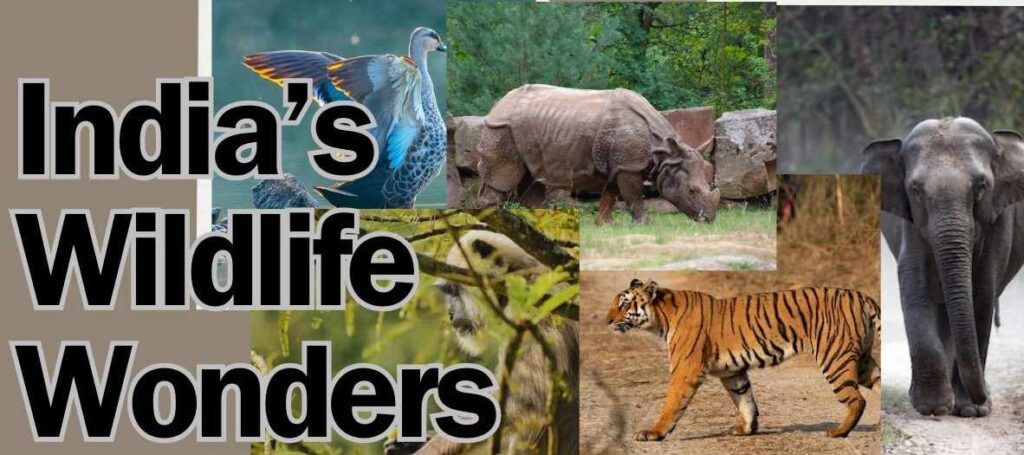Preserving India’s Biodiversity: Safeguarding Endangered Species and Habitats

India, with its diverse landscapes, rich ecosystems, and abundant wildlife, is home to one of the world’s most remarkable biodiversity hotspots. From the snow-capped Himalayas to the tropical rainforests of the Western Ghats, India’s diverse habitats harbor an incredible array of flora and fauna, many of which are found nowhere else on earth. However, this rich natural heritage faces increasing threats from habitat loss, poaching, pollution, and climate change.
The Importance of Biodiversity
Biodiversity, the variety of life on Earth, is essential for our survival. It provides us with clean air and water, pollinates our crops, and regulates our climate. Biodiversity also supports countless industries, including tourism, agriculture, and medicine.
India’s Endangered Species
India is home to a staggering number of endangered species, including the Bengal tiger, Indian rhinoceros, Asian elephant, and Ganges river dolphin. These species are at risk of extinction due to a variety of factors, including habitat loss, poaching, and human-wildlife conflict.
Habitat Loss
Habitat loss is one of the most significant threats to biodiversity. As human populations grow and expand, forests, grasslands, and wetlands are cleared for agriculture, development, and infrastructure projects. This loss of habitat destroys the homes of countless species, forcing them into smaller and more fragmented areas, making them more vulnerable to poaching and disease.
Poaching
Poaching, the illegal hunting and killing of wild animals, is a serious threat to many endangered species. Tigers, rhinos, elephants, and other animals are poached for their valuable body parts, which are used in traditional medicine and other illegal trades.
Pollution
Pollution, from industrial waste, agricultural runoff, and sewage, is a major threat to both terrestrial and aquatic ecosystems. Pollutants can contaminate water sources, harm wildlife, and disrupt food chains.
Climate Change
Climate change is also having a significant impact on biodiversity. Rising temperatures, changing rainfall patterns, and extreme weather events are disrupting ecosystems, causing habitat loss, and increasing the risk of extinction for many species.
Conservation Efforts
India has made significant progress in conservation efforts, establishing a network of national parks, wildlife sanctuaries, and conservation reserves. The government has also implemented various conservation programs, such as Project Tiger and Project Elephant, to protect endangered species. However, more needs to be done to address the challenges facing India’s biodiversity.
The Way Forward
To conserve India’s rich biodiversity, we need to take a holistic approach that addresses all the threats facing our natural heritage. This includes:
- Protecting Habitats: Strengthening habitat protection laws and expanding the network of protected areas.
- Combating Poaching: Enforcing anti-poaching laws, increasing penalties for poachers, and raising awareness about the consequences of poaching.
- Reducing Pollution: Implementing stricter pollution control measures, promoting sustainable industries, and encouraging waste reduction and recycling.
- Addressing Climate Change: Reducing greenhouse gas emissions, investing in renewable energy sources, and adapting to the impacts of climate change.
Conclusion
Conserving India’s rich biodiversity is not just an environmental imperative; it is a moral obligation to future generations. By protecting our endangered species and habitats, we are safeguarding the very foundation of our planet’s health and ensuring a sustainable future for all.
